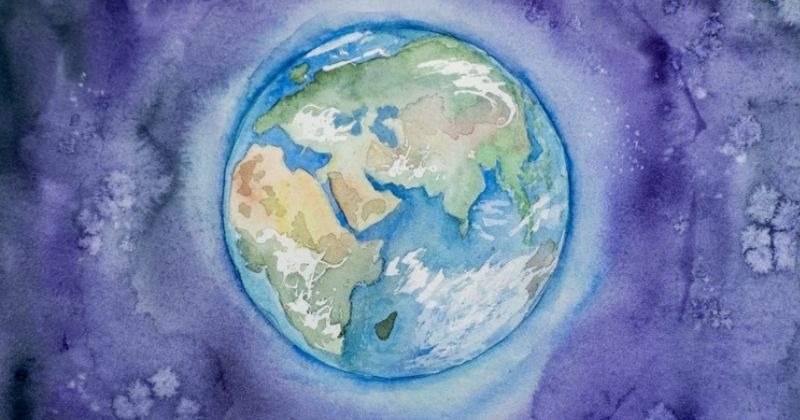
The Earth always moves, not just around the Sun. The tectonic plates beneath the surface are always in motion, changing, creating, destroying.
Although the sudden movement of plates is famous for causing earthquakes and damaging human life, this process has been occurring just under the nose since the formation of planet Earth.
Now, NASA researchers have shared a vision of the Earth’s continental future.
What will the Earth look like in the future?
Before, there was a supercontinent called Pangea, the most recent on Earth, 335 million years ago. The seven continents and the five oceans came out of that great land mass. And the planet is always evolving.

Geochemistry, Geophysics and Geosystems
The research focuses on understanding how tectonic plates move on Earth, the slow speed of the planet’s rotation, the increase in the Sun’s brightness, and the future of climate change. They created a model of how the present continents will appear in 200 to 250 million years.
Also read: Sun-like stars eat their earth-like planets frequently, scientists say
His assessment showed two possibilities: that the present continents would become a super mass similar to Pangea near the equator called “Aurica” or that, if Antarctica remained as it is, other continents would be pushed north. from the equator and would form a land mass called “Amasia”.

Unsplash
These changes will also be reflected in the natural conditions of the planet, with an average surface temperature that only differs by a minimum degree Celsius in both scenarios.
Are supercontinents normal on Earth?
The study was published in the journal Geochemistry, Geophysics, Geosystems. Currently, the Earth is halfway through its current continental formation cycle.
Known as the “supercontinent cycle”, the Earth’s land masses follow a pattern of meeting and breaking every 400 to 600 million years.. It’s not an abrupt one-time process, as poorly researched science fiction movies will make you believe it, but it happens all the time.

Geochemistry, Geophysics and Geosystems
Also read: Researchers accidentally discover the northernmost island on Earth, outside of Greenland
In fact, the plates move without your knowledge as you read this article.
Scientists also tried to understand the climatic conditions that would exist when any of these continents came to fruition. In “Amasia” the ice sheets would take over to create a white supercontinent in the absence of a north pole. For “Aurica”, snow and ice would be few with average temperatures of 20 degrees Celsius.
Will humans be alive to witness the next supercontinent cycle? We can’t be sure. But we are committed to offering you the best and latest in the world of science and technology at Indiatimes.com while we are all here.